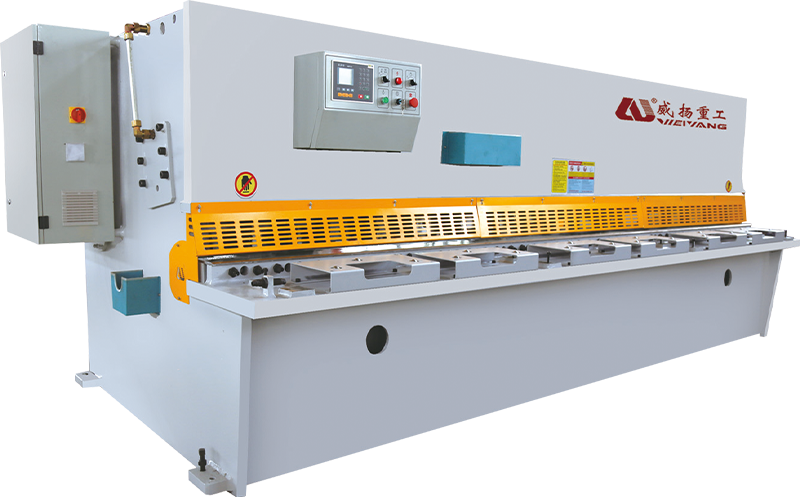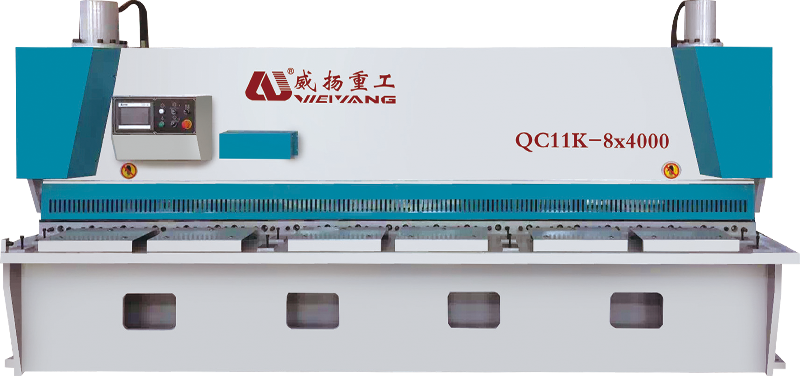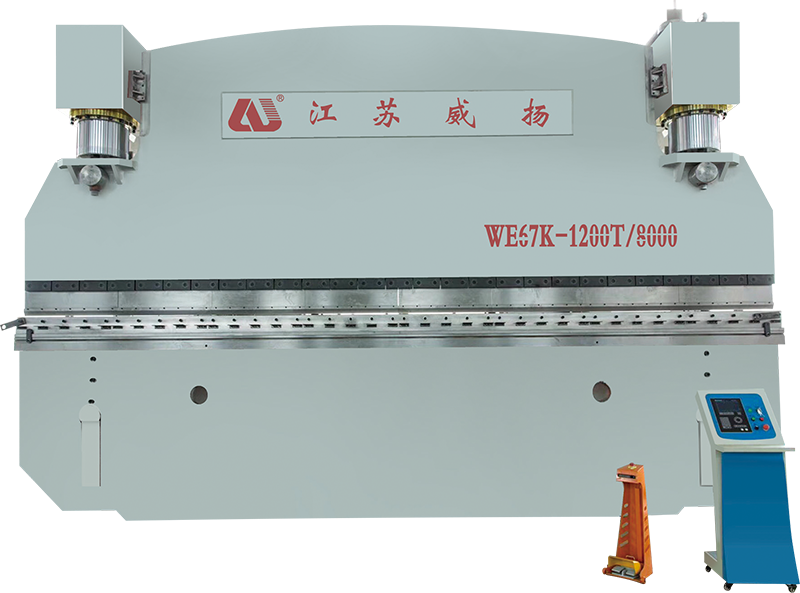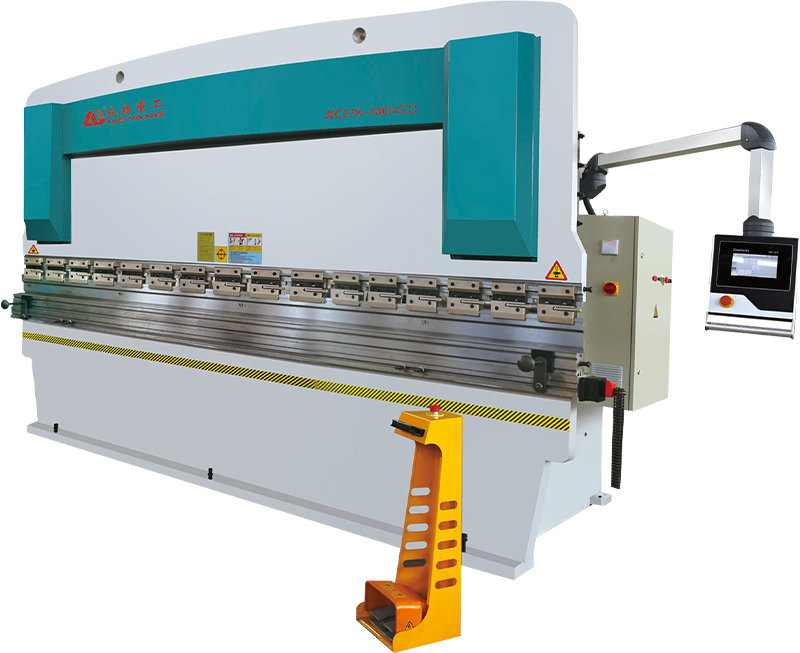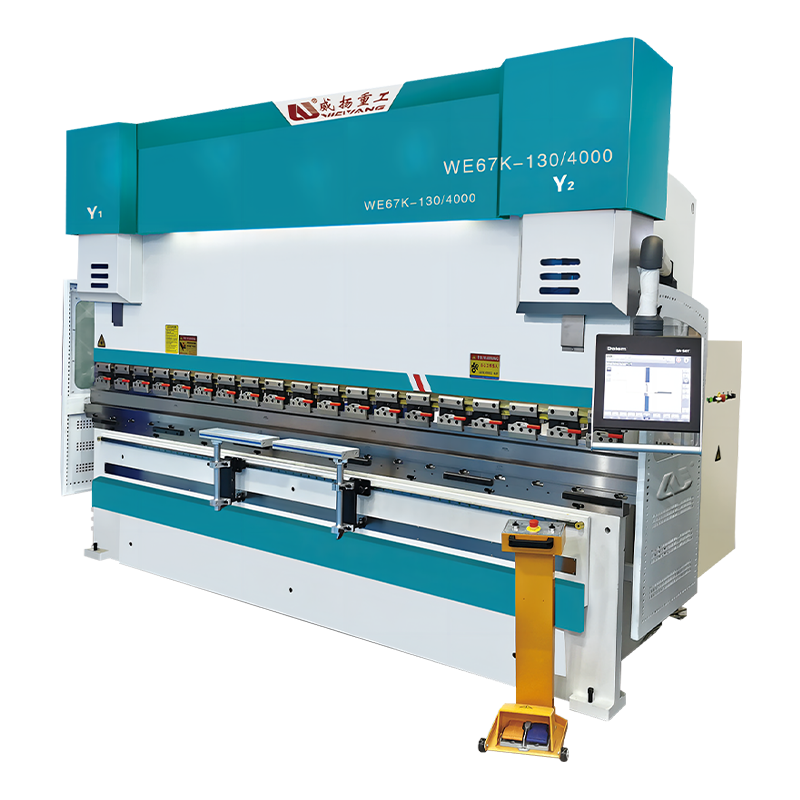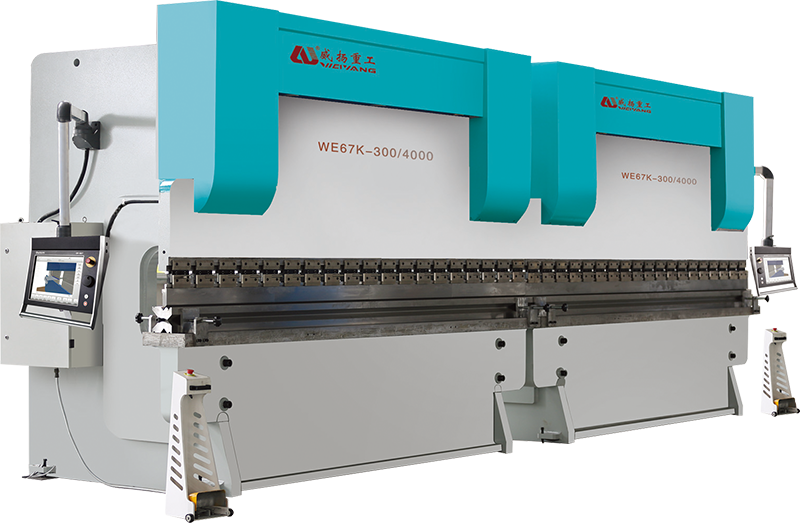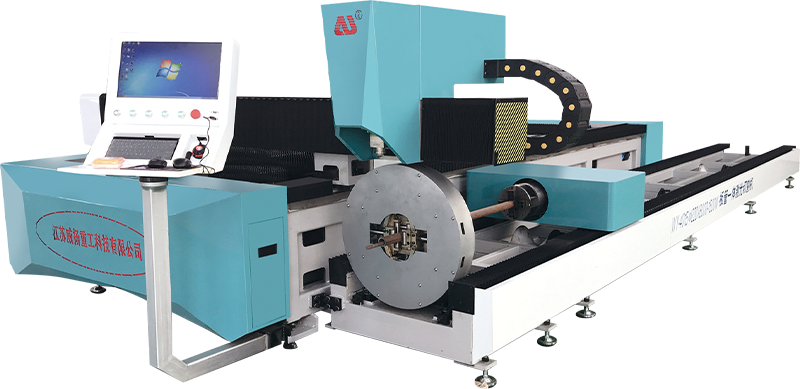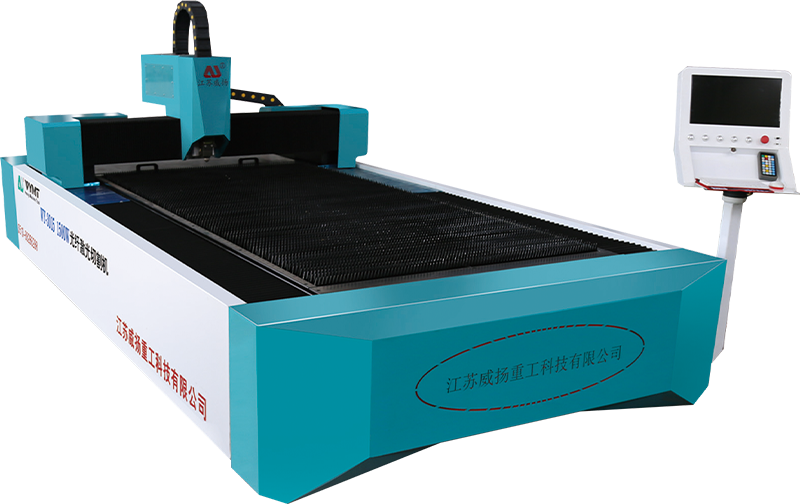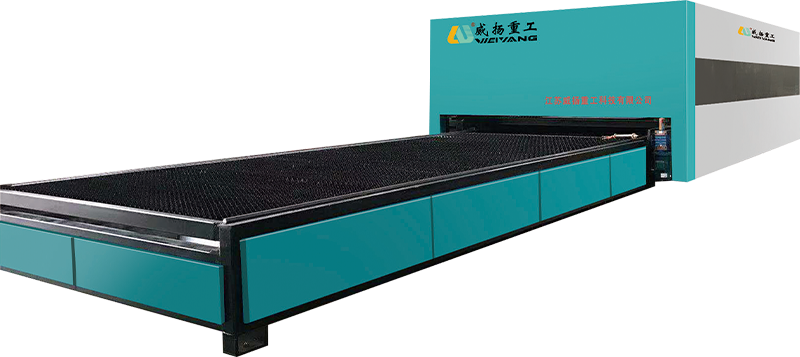How does the cutting speed of Swing Shearing Machine impact overall production throughput in heavy-duty manufacturing environments?
Direct Influence on Cycle Time
The cutting speed of Swing Shearing Machine significantly impacts the cycle time, which is the duration it takes for the machine to complete one cutting operation. In heavy-duty manufacturing environments, where the processing of large quantities of material is required, minimizing the cycle time can dramatically increase overall production throughput. A faster cutting speed means that each cut is completed more quickly, allowing the machine to process a higher volume of material within a given time period. This is especially critical in industries where high-volume production is a primary goal. For example, in metal fabrication, where large sheets of metal must be processed, reducing the cycle time by even a few seconds can result in considerable increases in the total output over the course of a shift or workday. Faster cuts allow the manufacturing process to keep pace with other stages of production, improving overall factory efficiency.
Material Handling and Efficiency
The cutting speed directly influences how materials are handled within the manufacturing process. In high-volume production, faster cutting speeds ensure that the material is processed quickly, reducing the time it spends in the shearing machine and thereby minimizing bottlenecks in the system. With quicker cutting cycles, there is less downtime associated with material handling, which optimizes the overall workflow. For instance, once the material is cut, it can be swiftly moved to the next operation, such as welding, machining, or assembly, without excessive delays. A higher cutting speed, therefore, contributes to a more streamlined process where material movement, such as feeding and handling, is closely synchronized with the machine’s operation, ensuring a continuous, efficient production line.
Optimized Workflow
The cutting speed of a Swing Shearing Machine plays a crucial role in ensuring the entire workflow remains consistent and uninterrupted. In a typical manufacturing environment, especially in automated factories where machines are interlinked, the speed of one operation must be synchronized with others. If the shearing machine operates too slowly, it could hold up subsequent processes, causing delays in the production line. However, when the cutting speed is optimized, the shearing operation can proceed seamlessly in coordination with other machines, preventing production halts. This ensures that downstream processes, such as laser cutting, pressing, or assembly, continue without disruption. For instance, in metalworking, a faster cutting speed allows for continuous processing of materials, improving the speed and reliability of the entire production cycle. The optimized cutting speed, therefore, reduces the chances of production lags and enhances operational flow, boosting productivity across the entire production facility.
Impact on Material Quality and Precision
While faster cutting speeds increase throughput, it is essential that these speeds do not compromise the quality and precision of the cuts. In heavy-duty manufacturing, especially when working with materials such as thick metals, alloys, or composite materials, cutting at excessively high speeds may lead to poor cut edges, excessive material stress, or even machine wear. These quality issues could lead to increased waste and rework, reducing the overall efficiency of the production process. However, if the Swing Shearing Machine is designed with adjustable cutting speeds that can be optimized according to material thickness and type, manufacturers can strike a balance between speed and precision. This ensures that cuts are made cleanly and accurately, while maintaining high throughput. For example, with thicker materials, a slower cutting speed may be required for optimal results, while thinner materials may be cut at higher speeds. Thus, by fine-tuning cutting speeds for specific materials, the machine can deliver both high throughput and superior quality.
Energy Efficiency and Cost Management
In addition to increasing throughput, cutting speed affects the energy consumption of a Swing Shearing Machine. Faster cutting speeds generally require higher motor speeds and more energy, which can increase the operational costs of the machine. In a high-volume manufacturing environment, where energy costs can be significant, it is important to strike a balance between cutting speed and energy efficiency. By fine-tuning cutting speeds based on the material being processed, manufacturers can optimize energy usage without sacrificing throughput. Moreover, by using advanced motor technologies or variable-speed drives, manufacturers can achieve faster cutting speeds while controlling the energy consumption, helping to reduce overall operational costs. In this way, manufacturers can achieve a cost-effective solution that maximizes throughput without drastically increasing energy expenditures.





